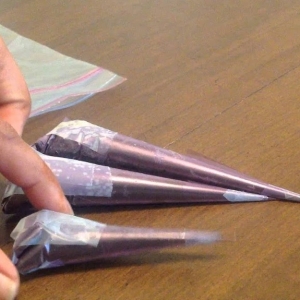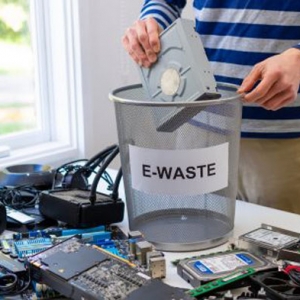At a high level Coating pretreatment is a sequence: surface cleaning → conversion coating (or adhesion promoter) → rinse control → final surface conditioning before coating application (e-coat, powder, wet paint). Each step contains multiple technology options chosen to match substrate, production speed, end-use environment and regulatory constraints.
Common pretreatment stages and technologies
-
Cleaning / degreasing — Removes oils, drawing compounds, particulate. Methods: alkaline immersion, low-foaming spray cleaners, ultrasonic cleaning for precision parts, or solvent cleaning in specialized applications. Effective cleaning is essential: contaminants block conversion films and cause under-film corrosion.
-
Mechanical preparation — Blast-cleaning, brushing or micro-abrasion for heavy soils or to modify roughness. Mechanical methods change topography, which affects adhesion and can alter conversion chemistry uptake. Recent studies show that mechanical method choice affects subsequent corrosion performance and adhesion.
-
Conversion coatings — Chemically convert the substrate surface into a thin, adherent film that serves as corrosion barrier and bonding layer. Traditional mainstreams:
-
Zinc phosphate (Zn-phosphate) — long history, good adhesion, used extensively in general industry.
-
Chromate (Cr(VI)) conversion — historically superb performance, now restricted/banned in many jurisdictions for health and environment reasons.
-
Chromium-free inorganic conversion — zirconium/titanium/manganese/molybdate based chemistries (Zr/Ti, Mn/Mo blends).
-
Silane / sol-gel systems — organo-silane films that bond to metal oxides and provide durable adhesion; often used as multimetal pretreatments or as adhesion promoters prior to powder/paste coatings.
-
-
Supplementary treatments — thin film deposition (e.g., plasma polymerized primers), nanocomposite layers, or post-treat with corrosion inhibitors or sealer layers. Plasma pretreatment (atmospheric or vacuum plasma) can both clean and activate surfaces prior to conversion coatings, improving adhesion for difficult substrates.
-
Rinsing and water quality control — Rinse tanks and DI (deionized) water controls are critical. Contaminant knock-on effects and ionic carryover can sabotage even the best conversion baths. High-performance filtration and rinse staging (counter-flow rinses and electrodeionization) are routine in advanced lines.
Substrate considerations
-
Steel (mild & galvanized): phosphate or silane pretreatments are common; e-coating for corrosion protection is typical in automotive.
-
Aluminium: historically used chromate conversion for excellent corrosion protection; modern systems now favor chromium-free inorganic or silane sol-gels tuned for aluminum oxide surfaces.
-
Magnesium & specialty alloys: require low-temperature, chemically compatible pretreatments (sol-gel silane modifications, nanoparticle-enhanced layers).
-
Multi-metal assemblies present a challenge: a single pretreatment solution across steel, aluminum and other alloys is often required to simplify lines and avoid cross-contamination — this has driven adoption of multimetal silane systems.







